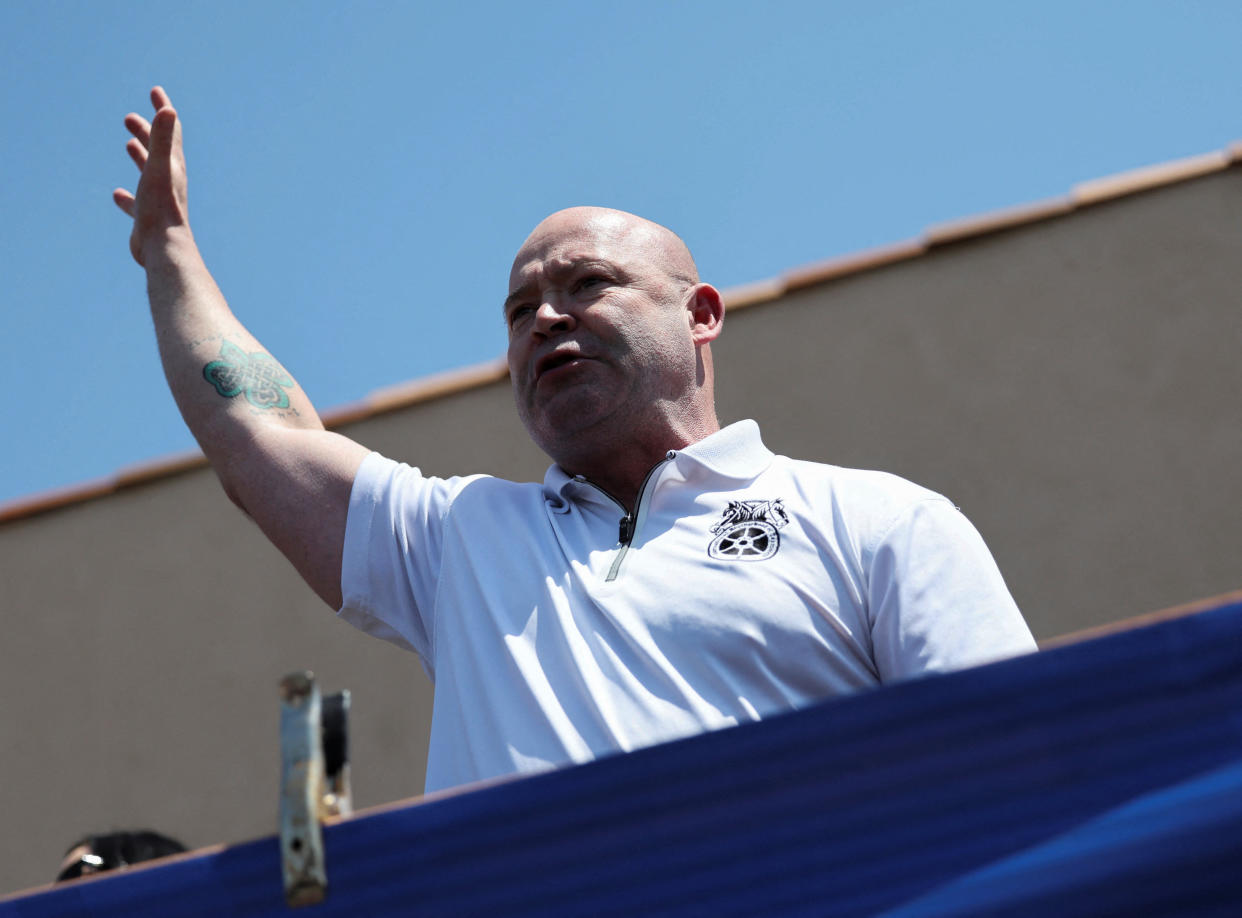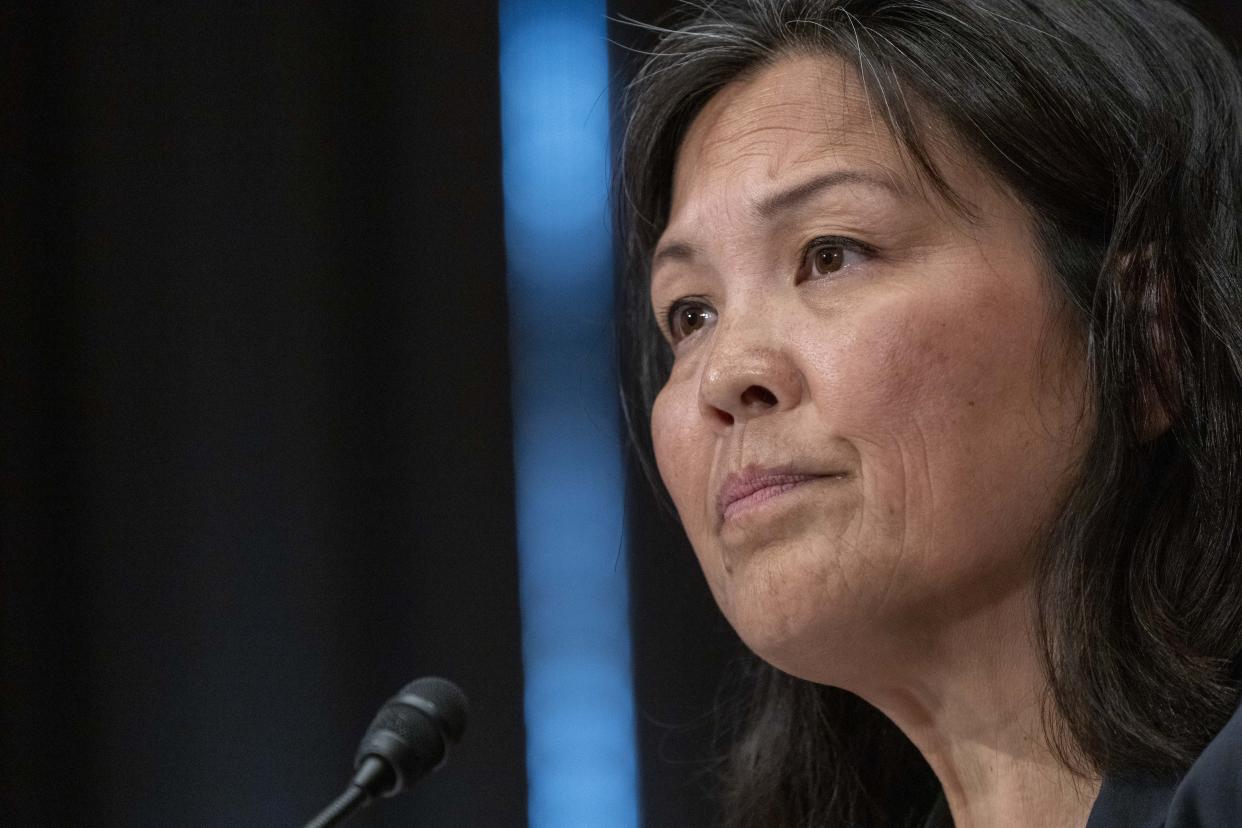The threat of a UPS strike is testing the strength of the labor market
The threat of a strike from 340,000 United Parcel Service (UPS) workers offers a new test of a recent surge in union power. It could also answer some questions about the strength of the larger US labor market.
The unionized workforce at UPS was a big advantage for the package carrier earlier in the pandemic as demand for deliveries surged and rivals that lacked a steady supply of labor struggled to find enough available workers.
But now that job gains are slowing and demand is cooling in some parts of the economy, it is less clear how much longer labor will hold the upper hand, either at UPS or the economy at large.
New data released Friday by the Bureau of Labor Statistics showed the labor market is still tight, as the US economy added 209,000 jobs in June. That was the 30th straight month the US economy created jobs. Hourly wages also rose 4.4% over the same month last year, while the unemployment rate fell to 3.6%.
But the data also showed some softening. Friday’s report marked the first in 15 months that job creation came in below what Wall Street economists had expected, reflecting a slowdown from the previous month.
In the part of the economy where UPS operates — transportation and warehousing — employment actually dropped by 7,000 jobs in June.
The labor market is cooling from "from overheated to lukewarm," Nancy Vanden Houten, lead US economist at Oxford Economics, said in a note on Friday.
The direction of the labor market is important to the Federal Reserve as it decides whether to keep raising interest rates as a way of bringing down inflation. Officials at the central bank are watching for signs that companies are reducing hiring and wages.
New wave of union activism
Pay is still a major issue for the International Brotherhood of Teamsters, which is pressing UPS to meet its demands for a new five-year collective bargaining agreement. It wants higher wages for the carrier’s part-time workers, among other benefits.
"We need to drive up the starting rates of pay," Sean O’Brien, general president of the International Brotherhood of Teamsters, said this week on CNN.
UPS has said it already offers industry-leading pay, with delivery drivers earning up to $42 per hour after four years on the job.
On Wednesday, the Teamsters said the company failed to come to the table with an acceptable offer. Workers have authorized a strike to begin August 1 should no deal be reached.

The approach of the Teamsters is the latest sign of a new wave of union activism that took hold during the pandemic as demand for labor surged.
Over the past week, Teamsters workers have expanded strikes against Amazon for delivery drivers in California and New York.
The union is also testing Yellow, the nation’s third largest trucking company, to stick to the contract negotiated for its 22,000 union workers despite the company’s request to modify the agreement in efforts to avoid another bankruptcy.
Amazon (AMZN), which runs its own shipping service, Amazon Logistics, has been facing unionization efforts from its warehouse workers in several states, while Apple (APPL) and Starbuck (SBUX) have been countering union pressure from retail workers.
Is this 'a temporary or fundamental change'?
Strikes that can jolt the nation’s supply chains are economic risks that the Biden administration has proven it is not willing to take.
Over the past year, the administration has intervened in the dispute between West Coast Ports and the Dockworkers Union, and tapped Congress to settle differences between railroad companies and a dozen unions backing railway conductors. It is also monitoring talks between the auto companies and the United Auto Workers.

"All of a sudden we find ourselves in a situation we really haven’t experienced for some time," labor and employment expert and Penn State University law professor Paul Clark told Yahoo Finance.
"The big question is whether this is a temporary or fundamental change between unions and employers. We are trying to answer that right now, and it’s pretty difficult to say."
Wayne State University labor law professor Michael Oswalt said even small disruptions in transportation, shipping and warehousing can be devastating across multiple industries. Still, he said, absent changes to labor law, which governs union campaigns and elections, unions are unlikely to regain the power they once had.
"So today what can matter more than a union’s size is its proximity to a company’s choke-point – and especially its willingness to strike," Oswalt said. "UPS Teamsters know the value they bring to the company, to the broader economy, and they have a history of pulling off successful strikes. That trifecta equates to a lot of union power right now."
In January, the BLS reported that 10.1% of wage and salary workers belonged to unions in 2022, down from 10.3% in 2021. In the same timeframe the number of wage and salary workers who belonged to unions increased 1.9% or 273,000 workers. The total number of workers belonging to unions in 1983, according to BLS was around 20.1%, nearly double what it is today.
Acting US Labor Secretary Julie Su told Yahoo Finance on Friday that the White House does not plan to intervene in the UPS situation.
“I have faith that the parties are going to find a path and continue to try to work things out,” she said Friday.
Jennifer Schonberger, Josh Shafer and Jared Mitovich contributed to this report.
Click here for the latest stock market news and in-depth analysis, including events that move stocks
Read the latest financial and business news from Yahoo Finance
